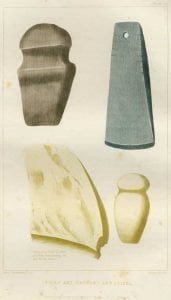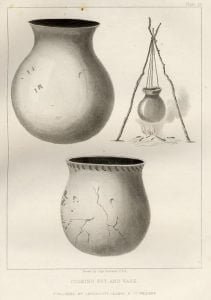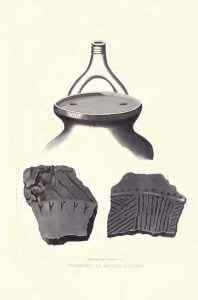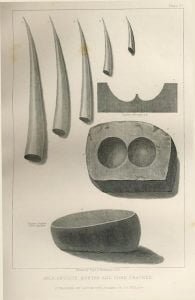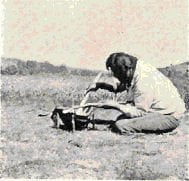Indian Axe
Various stone implements of the antique period of the hunter occupancy of America, have received the name of “Indian Axe.” With what justice this term was applied, in relation to the use made of the European axe of iron, it is proposed to inquire. The ancient Indians, prior to the era of the discovery of America, had indeed no use for an axe, in the sense in which we apply the term now a days. Fire was the great agent they employed in felling trees and reducing their trunks to proper lengths. There was no cutting of trees. No stone … Read more

